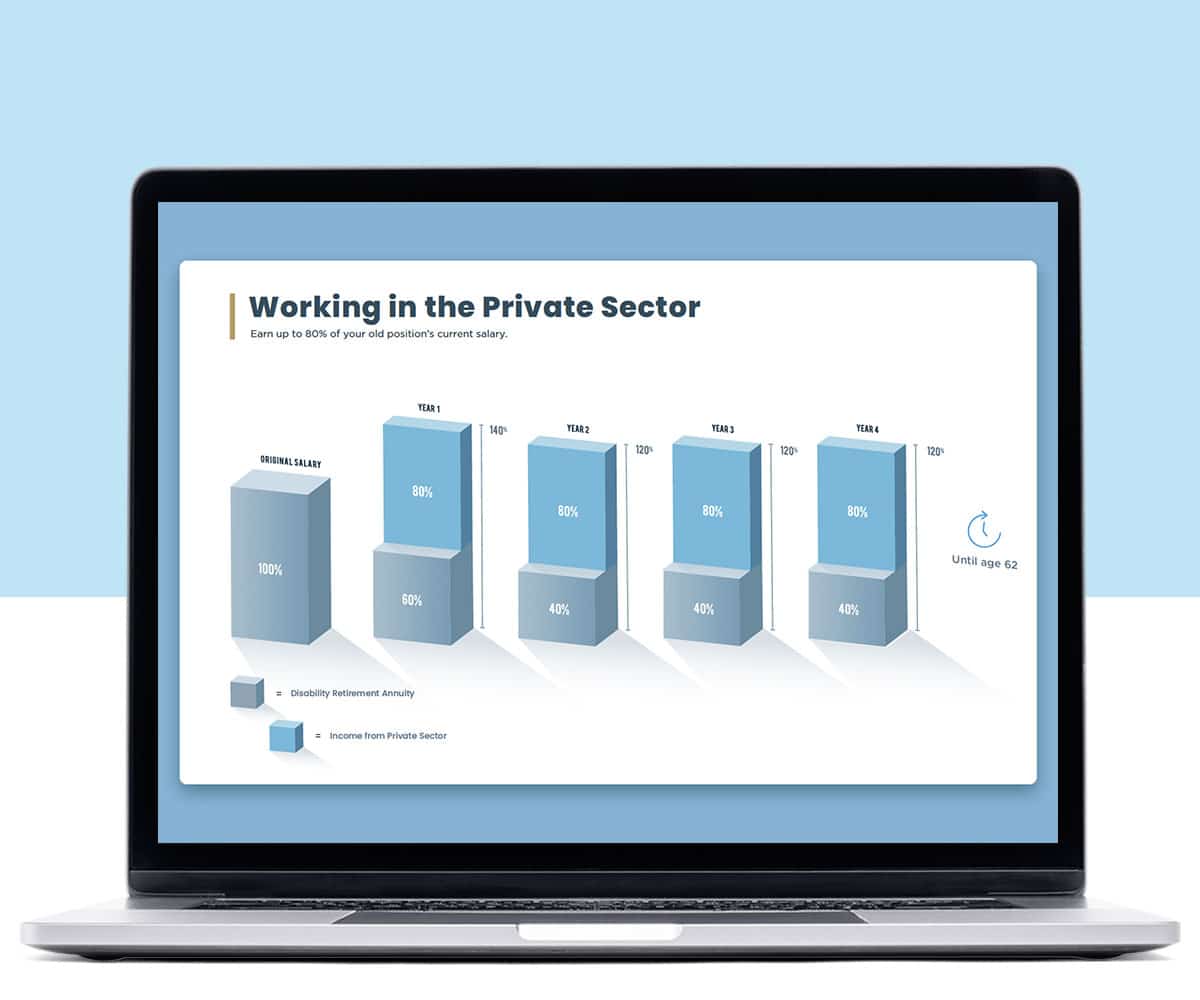Bo is back with a new blog of the Harris Federal Law Firm! In this blog, Bo addresses Federal Disability Retirement Interim Payments, how to calculate a schedule award and why your supervisor needs to complete paper work in a disability retirement application.
We will cover different topics in every blog and answer questions from our viewers. You can send your questions to hello@harrisfederal.com or ask them on Facebook.
Federal Disability Retirement Interim Payments
Hey! This is Bo Harris from the Harris Federal Law Firm, where we help federal employees understand their rights.
This week we are going to talk about Federal Disability Retirement Interim Payments. We get this questions a lot. An Interim Payment from the Office of Personnel Management is the first payment you will receive once you have an approved claim. This is OPM trying to pay you some money while they try to calculate what your final payments will be.
An Interim Payment is supposed to be roughly eighty percent of what your normal benefit will be. But be careful because they often times overpay this. If you feel like your check is higher than it should be, our advice is to put some money away. The OPM has the right to collect that money back from you, even if it was not your fault.
Compensation Schedule Award
Now, I want to answer some questions that we’ve received from our subscribers. The first question I’m going to talk about was asked from M. R. in Puerto Rico. They ask: How do you calculate a Federal Workers Compensation Schedule Award?
The first thing to remember when you are calculating a Schedule Award is that you are not entitled to a Schedule Award unless you have an accepted claim. Here is how you actually calculate a Schedule Award. It’s three major components. What part of the body is it, what is the percentage of impairment, and how much money did that employee make when they were employed?
So the first component is the body part. Are we talking about a finger, or a whole arm? For instance, an arm is worth three hundred and twelve weeks of compensation pay, whereas a finger can be as little as fifteen weeks.
The second component is the percentage of permanent impairment. Now remember, all federal employees have to have an impairment rating that is in accordance with the AMA Guides sixth edition. So you have to be at maximum medical improvement in order to have an impairment rating done.
So when a doctor gives you a percentage of impairment, that’s what is used to calculate the Schedule Award. For instance, if you have twenty five percent impairment to an arm, that might be worth seventy eight weeks of compensation pay, as opposed to a finger, twenty five percent might worth four weeks of compensation pay.
So the third and final component to a Schedule Award calculation is the employee’s pay rate. So let’s say the federal employee makes fifty two thousand dollars per year, which breaks down to be one thousand dollars per week. But remember, we’re talking about your compensation rate. So let’s pretend that your compensation rate is seventy five percent of pay. That would be seven hundred and fifty dollars per week.
So when we use the example from before, if you had a twenty five percent impairment to your arm which would be worth seventy eight weeks. Multiplied by seven hundred and fifty dollars a week, you would end up with a fifty eight thousand five hundred dollar Schedule Award.
In summary, when we talk about the calculation of a Schedule Award, always remember that it starts with the body part. Then, it goes to the percentage of impairment and after, it’s multiplied by a person’s weekly compensation rate.
If you want to read more about Schedule Awards, the scheduled members and the calculations of a Schedule Award, visit our website, federaldisability.com.
Your Supervisor’s Role
So let’s go to the next question from L. S. in California and she asks: Why does your supervisor have to complete forms within a federal disability retirement application?
In order to be qualified for federal disability retirement you have to document a service deficiency in either attendance, performance, or conduct. A lot of people call us and they are worried that because of a hostile work environment or a relationship issue with their supervisor, that the form might not be filled out correctly or it might be disadvantageous to the employee.
One thing to remember though is that you are trying to prove that you do have a service deficiency and you are unsuccessful in at least one of the three major components of your job. So if your supervisor does complete the form and indicate one of those three things, that’s not necessarily a bad thing.
We speak to supervisors and agencies about about our clients’ federal disability retirement applications, so if you have further questions about this subject call us, we’d be happy to talk to you.
So that wraps up this installment of the Harris Federal Law Firm blog. Remember, if you have questions, send them to us. Send them to hello@harrisfederal.com and put blog in the subject line. Thanks for reading, we’ll see you next time.



